JavaScript is a popular programming language used by software developers. With its wide functionalities and features, it makes application and website development much easier. According to the StackOverflow survey of 2021, about 68.62% of professional developers prefer JavaScript over other programming languages.
It is a versatile programming language, which is one of the key reasons for its growing popularity. It allows both front-end and back-end development. Moreover, testing the apps and websites developed with JavaScript is also simple and easy. There are several top JavaScript libraries available today. This makes it challenging to choose the right one.
In this article, you will find a list of the top js libraries in 2024. Having an idea of the top js libraries will enable you to make the right choice. To make the task easier for the developers, we have listed the top JavaScript libraries along with their benefits, features, and use cases.
Why is JavaScript so Popular in 2024?
Before getting into the details of top JS libraries in 2024, it is important to know the reason for the growing popularity of JavaScript. While several programming languages have evolved, JavaScript still tops the list even today. There are plenty of reasons why JavaScript is so popular even today. Let’s take a look at some of the prominent reasons.
- Simplicity
Simplicity is one of the main reasons why JavaScript is a popular choice of most developers. The programming language is quite easy to learn as well as understand. The structure of the language is also simple for the developers and users. Moreover, it is easy to implement, thereby saving a lot of time, money, and effort for the developers.
- Interoperability
Interoperability is yet another significant feature of JavaScript. It works perfectly with various other programming languages. It can easily be embedded inside the script or into a webpage developed with another programming language.
- Speed
In recent times, developing applications faster is essential to stand out and stay competitive. JavaScript is emerging as a popular programming language in 2024 owing to its high speed. It significantly reduces the time essential for compilation. Moreover, the client-side JavaScript speeds up the program execution and saves a great deal of time.
- Rich Interfaces and Tons of Frameworks
JavaScript allows high flexibility to the developers. Providing the developers with various interfaces creates room for more creativity. Moreover, it offers a wide range of frameworks and tools for developers to use.
Scope of JavaScript Beyond 2024
The scope of JavaScript is vast. It will remain one of the most popular programming languages among programmers. JavaScript is used for front-end as well as back-end web development. It is also helpful in UI and UX designing. Let’s take a look at some of the major uses of the top JavaScript libraries.
- Data Visualization
Data visualization is used to provide the target audience with a clear view of the statistics. Data are presented in the form of maps and charts to facilitate better data analysis and decision-making. The JavaScript frameworks like Chart.js can prove to be helpful in effective data visualization.
- Image Effects
To make the images stand out, users can make use of the top js libraries in 2024. Some of the common effects include reflection, flipping, inverting, sharpening, embossing, blurring, and lightening. For such effects, a js library such as Reflection.js can be used.
- User Interface
The user interface is a key element of every website to enhance the user experiences of the target audience. It helps in making the websites more dynamic and responsive. Moreover, it also boosts the speed of web pages. The top js libraries like React.js and Glimmer.js allow for enhancing the user interface.
List of Most Popular JavaScript Libraries in 2024
Are you wondering about the top js libraries in 2024? Here is a complete list of top JS libraries that you must know about.
1. React.js
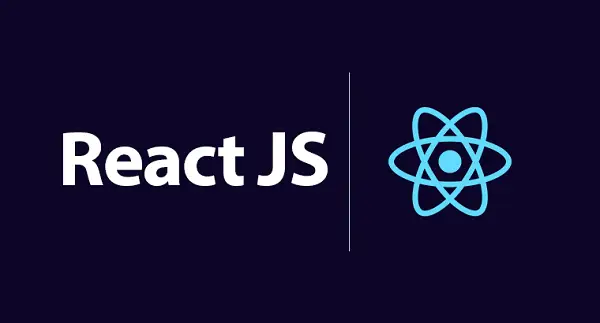
React.js is one of the top js libraries in 2024. It is an open-source JavaScript front-end library that allows developers to create exceptional user interfaces. It was made by the Facebook team. It allows the reusing of the components to develop complex UIs in much less time.
One of the important features is that React.js divides a page into several components. Each component becomes a part of the UI, thereby enabling faster reuse and easy accessibility. Another significant feature of this JavaScript library is the virtual DOM. It helps present data in a tree-like structure. Moreover, the virtual DOM allows high-speed rendering.
Pros:
- Ease of integration with back-end and front-end
- SEO-friendly framework
- Virtual DOM
- Availability of a variety of reusable components
- Huge support community
Cons:
- Requires constant upgrades
- Documentation can be an issue
2. Angular.js
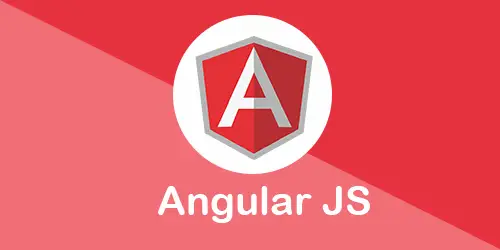
Angular.js is also one of the most popular JavaScript libraries among developers. It is a powerful and efficient JavaScript library.. Launched by Google, the open-source library is used for the creation of progressive web apps and single-page apps. It ensures a high loading speed for the applications.
It perfectly blends dependency injection, declarative templates, and end-to-end tooling to solve different development challenges. The two-way binding feature allows bi-directional communication. It enables the users to effectively exchange data between views and components in both ways. Moreover, the component-based architecture of the JavaScript library allows the development of unique single-page applications.
Pros:
- Open-source
- Two-way binding
- Availability of reusable and customizable components
- Top-notch server performance
- Easy testing
Cons:
- Difficulty in debugging
- Potential performance issues
3. Vue.js
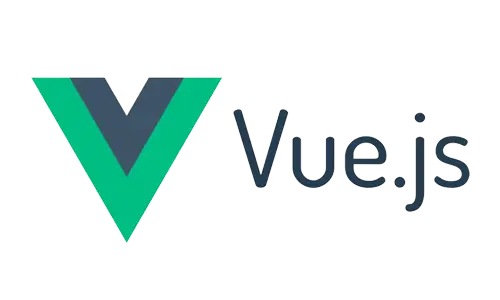
When it is about the top js libraries, Vue.js is definitely on the list. Developed back in the year 2016, it has evolved as one of the very versatile front-end libraries of JavaScript. Vue offers several ways to apply different transition effects to the HTML elements. It facilitates the integration of third-party animation libraries to ensure greater interactivity.
The data binding feature of Vue.js allows the assignment or manipulation of values to different HTML attributes. Vue also makes use of a virtual DOM. The routing feature of Vue enables users to easily switch between different pages of a website without having to refresh the page again and again. It makes navigation faster as well as easier.
Pros:
- Extensive documentation
- Lightweight
- Fast
- Seamless integration with different third-party apps
Cons:
- It may not be ideal for extensive scaling
- Relatively fewer components
4. Node.js
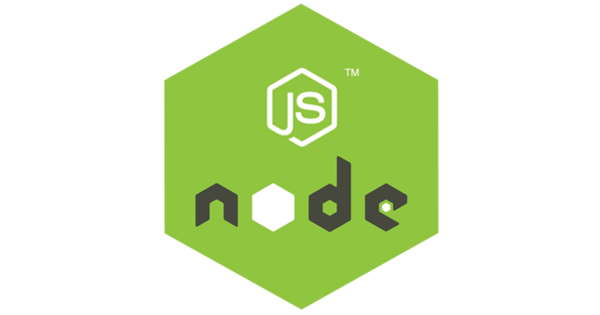
Node.js is one of the top JavaScript libraries that works great on cross-platforms. This open-source library is well-known for its capability to drive asynchronous I/O with the use of its event-driven architecture. When it comes to the execution of codes, Node.js is quite fast.
Node.js shows several similar properties as JAVA, like packaging, threading, and forming loops. One of the most appealing features of Node.js is no buffering. That means while uploading the video or audio file, Node.js significantly reduces the processing time. It does not require any buffering of data.
Pros:
- Easy to learn
- Highly scalable
- Active community
- High performance
- Faster processing
Cons:
- Performance issues may arise with heavy computation
- Lack of adequate support
5. Svelte.js
Svelte.js is an open-source JavaScript library that simplifies the process of creating static and fast web apps. It converts the raw codes into interactive and sleek user interfaces and facilitates the faster creation of web apps. It is one of the top js libraries in 2024 that does not have a virtual DOM. It works directly on the codes.
It pushes the maximum of code processing to the compilation stage, thereby allowing faster development. This library of JavaScript requires very little code in comparison to Vue and React. It helps reduce the time the developer in write codes. The modular CSS of Svelte.js ensures consistency of design across different applications as well as pages.
Pros:
- Faster loading time
- Supports client-side and server-side rendering
- Easy to learn and use
- Top-notch performance
- High-speed rendering
Cons:
- Difficulty in scaling up applications
- Absence of different third-party components
6. Ember.js
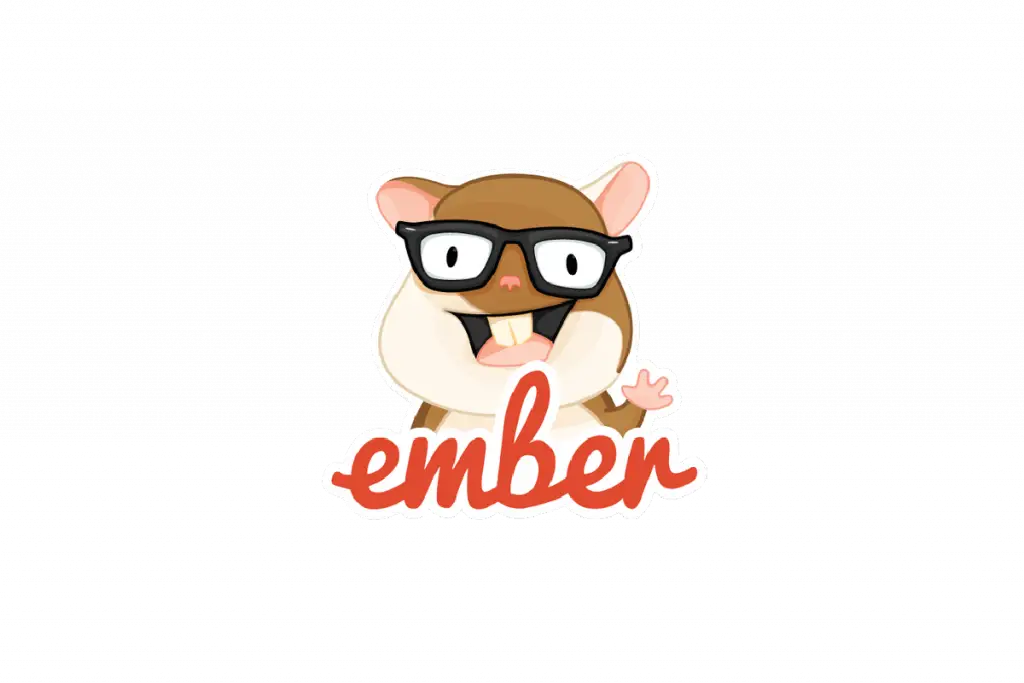
Ember.js is one of the top js libraries that developers use to develop mobile and desktop applications. It can also be used for developing single-page applications. It is mainly used for the development of scalable and high-end enterprise-level applications. It follows a Model-View-View-Model architecture pattern.
The command-line interface tool of Ember.js makes it known as a productivity powerhouse. The inspector tool of this library allows inspecting the Ember code, identifying the state of the Ember apps, and debugging the applications quickly. The Ember-simple-auth feature makes it easier to manage authorization and authentication.
Pros:
- Robust support system
- Rich documentation
- Supports two-way data binding
- Offers a great mechanism to effectively work with APIs
Cons:
- Not ideal for small-scale projects
- Challenging for the new developers
7. Backbone.js
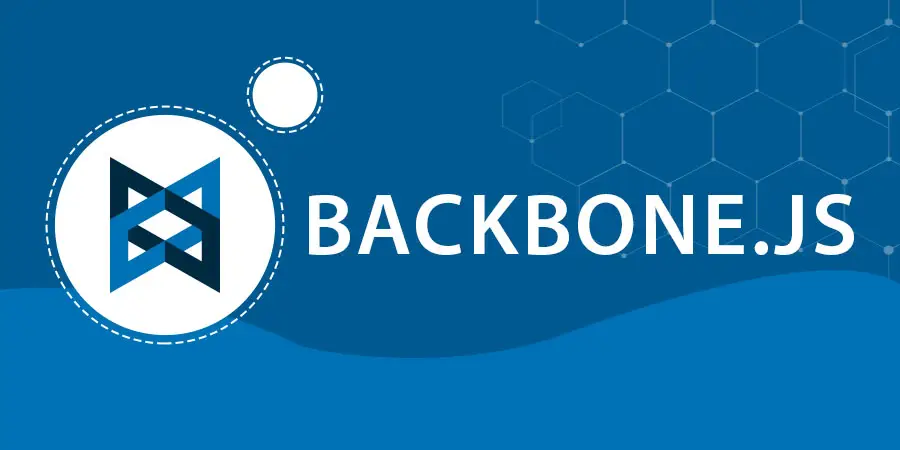
Backbone.js is also one of the top js libraries in 2024. It is an open-source, minimalist, and event-driven library that allows the structuring and development the client-side applications. The primary goal of using this JavaScript library is to significantly reduce programming complexity while achieving advanced-level functionality.
Backbone.js allows developers to easily develop applications that can work efficiently on different devices as well as browsers. The functions in Backbone.js serve as a building block of JavaScript applications. They also provide custom events and key-value binding to the models.
Pros:
- Easy to use, understand, and learn
- Requires less coding
- Vast ecosystem and extensive community
- Allows easy creation of single-page applications
- Fast and lightweight
Cons:
- Debugging can be an issue
- Poor user experience in terms of large data structures
8. Polymer.js
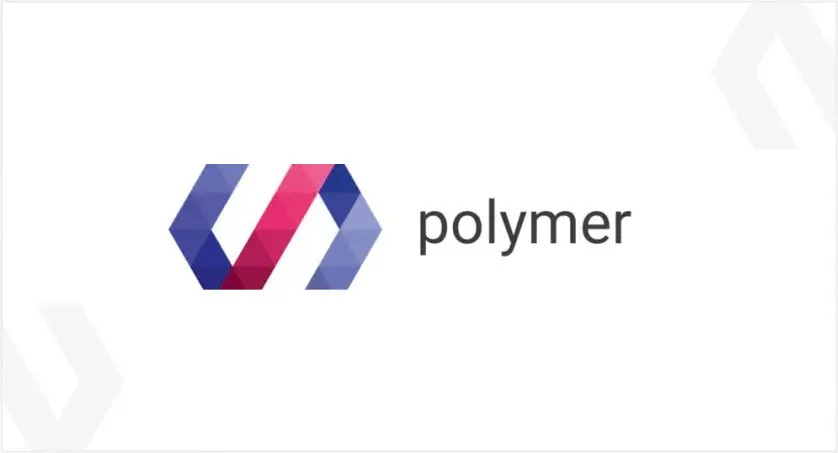
Polymer is also one of the top JavaScript libraries used in recent times. It is an open-source library that has been developed by Google. It supports one-way as well as two-way data binding, thereby expanding its application area. This library of JavaScript features polyfills that allow the creation of reusable and customized elements.
Reusability is a significant feature of Polymer. It facilitates the development of reusable widgets in web applications as well as documents. Flexibility is another important feature of this library. Polymer is ideal for the development of mobile apps in an easy and fast manner.
Pros:
- Reusable components
- Ideal for single-page applications
- Supports both one-way as well as two-way data binding
- Allows developing high-end UX
- Responsive design
Cons:
- Confusing or inadequate error reporting
- Difficulty in developing larger applications
9. Meteor.js
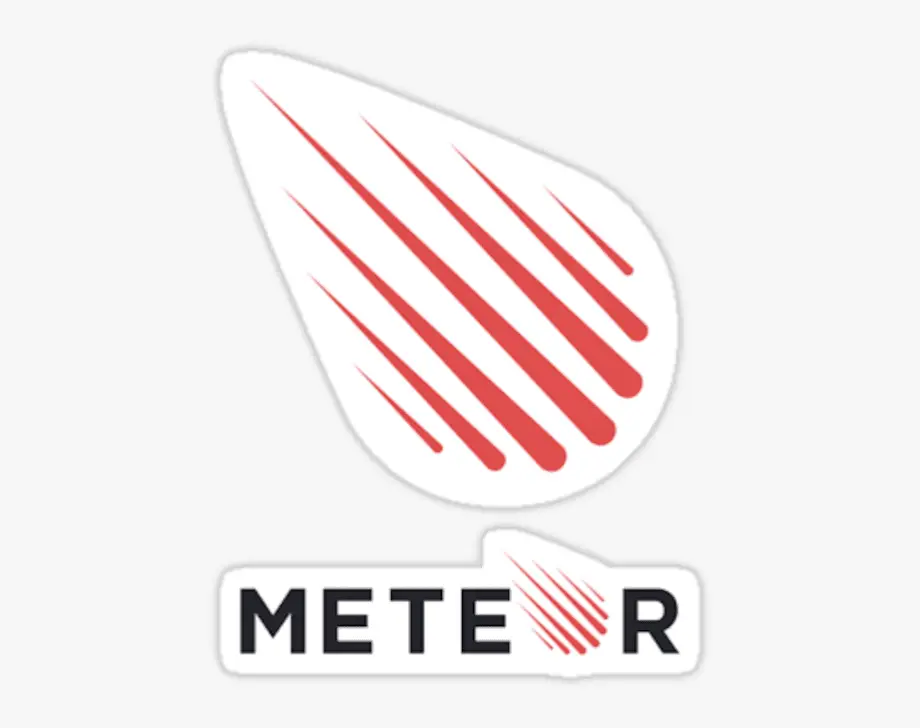
Meteor.js is one of the top JS libraries that has several uses. Its uses include database management, back-end development, front-end rendering, and business logic. It is a full-stack solution available for deploying and developing web applications. The features of Meteor.js include reactive templates, JS minification, and automatic CSS.
This JavaScript library is an open-source development ecosystem that allows the development of real-time web apps right from scratch. The Isomorphic JavaScript code facilitates using the same code for back-end or front-end web and mobile app development. It allows easy database integration.
Pros:
· Allows faster development
· Active community
· Easy to learn
· A full-stack solution
· Open-source
Cons:
- Pre-built packages may cause conflict
- Less popular
10. Aurelia.js
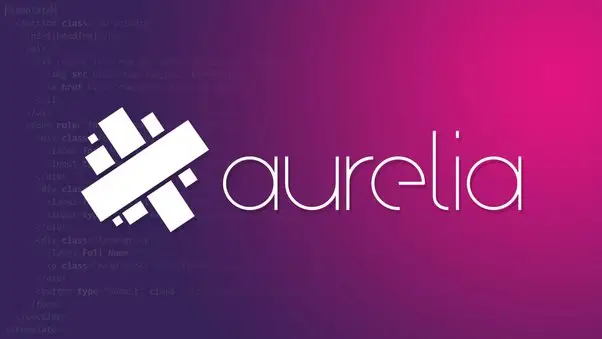
Aurelia.js is also one of the top JavaScript libraries that are used by developers. It is primarily used to create robust websites. It is an extensible library that allows easy integration with different tools. It is also one of the cleanest frameworks that focus on web standards. It has been developed to facilitate high-performance and efficient batch DOM updates. It allows two-way binding and also facilitates reactive binding.
Pros:
· Extensive documentation
· Easily readable syntaxes
· Convention instead of configuration
· High performance
Cons:
- It may be difficult to learn
- Less popular
Frequently Asked Questions (FAQs)
Are JavaScript libraries free to use?
Yes, most of the JavaScript libraries are free to use.
What is the difference between JS libraries and frameworks?
Frameworks, in a nutshell, are templates and tools that aid in the development of applications. On the other hand, the js libraries help in adding functionality and style to the application.
JavaScript used in AI?
Yes, JavaScript is used in AI. With the new libraries of JavaScript, developers can add AI to different web applications.
What is JavaScript used for?
JavaScript is used for developing interactive and dynamic applications.
Conclusion
JavaScript libraries are vital in order to enhance the development of different web and mobile applications. There is a wide range of top JavaScript libraries available for use. However, selecting the best one for your project is critical. Now that you know the features, pros, and cons of the top JS libraries, choosing the right one will be easy for you.







